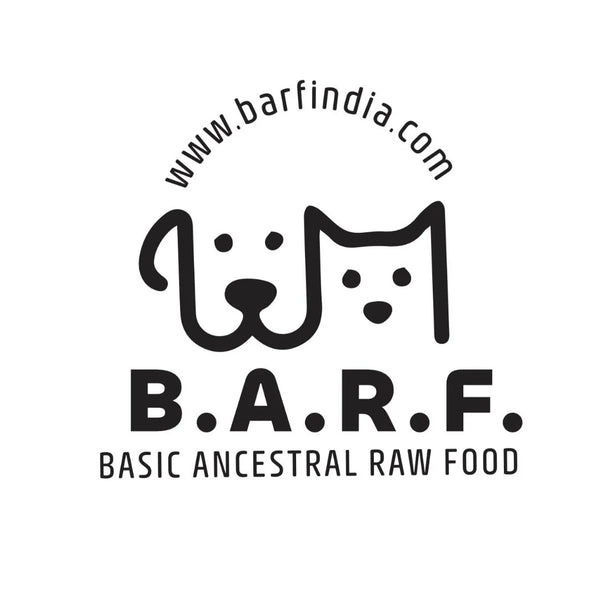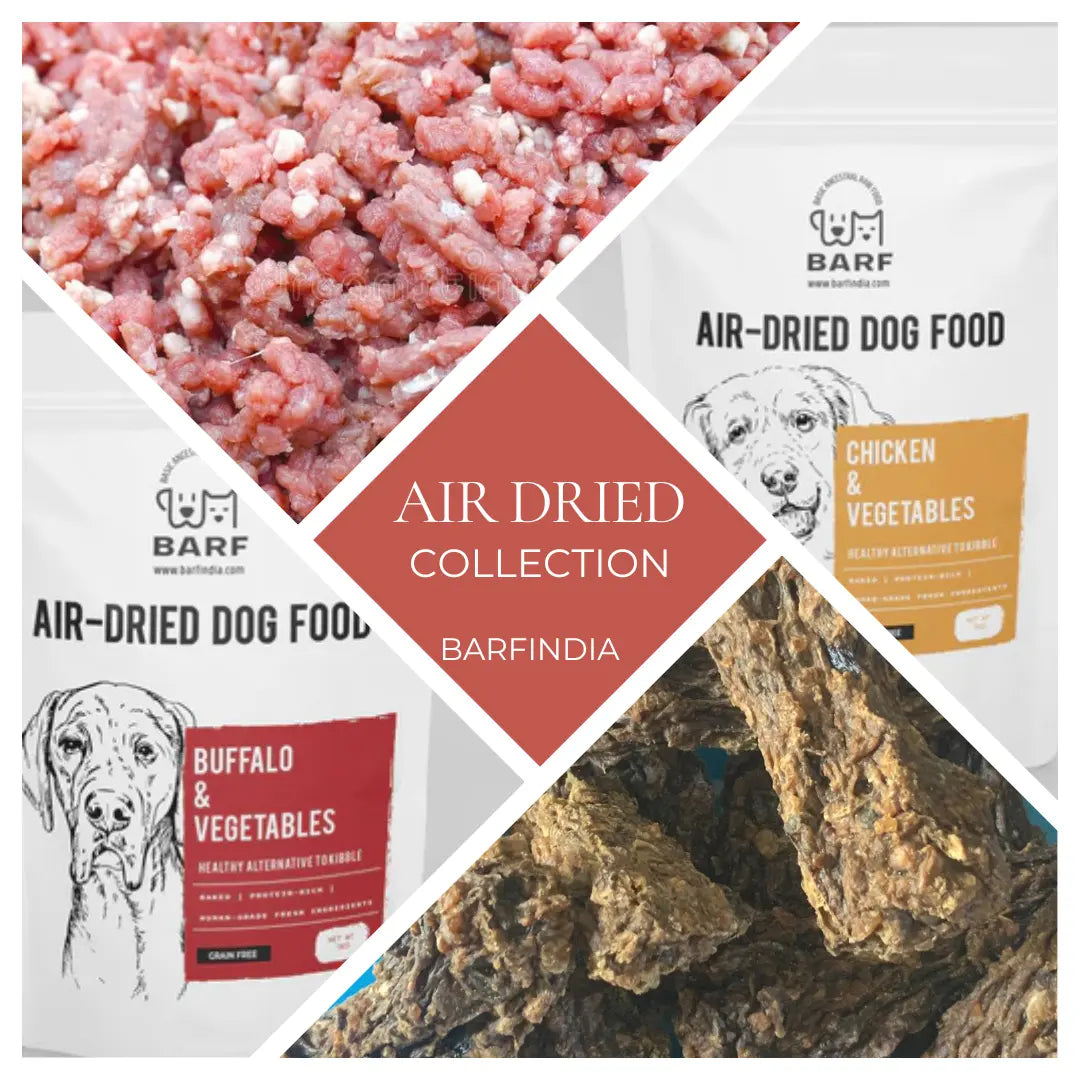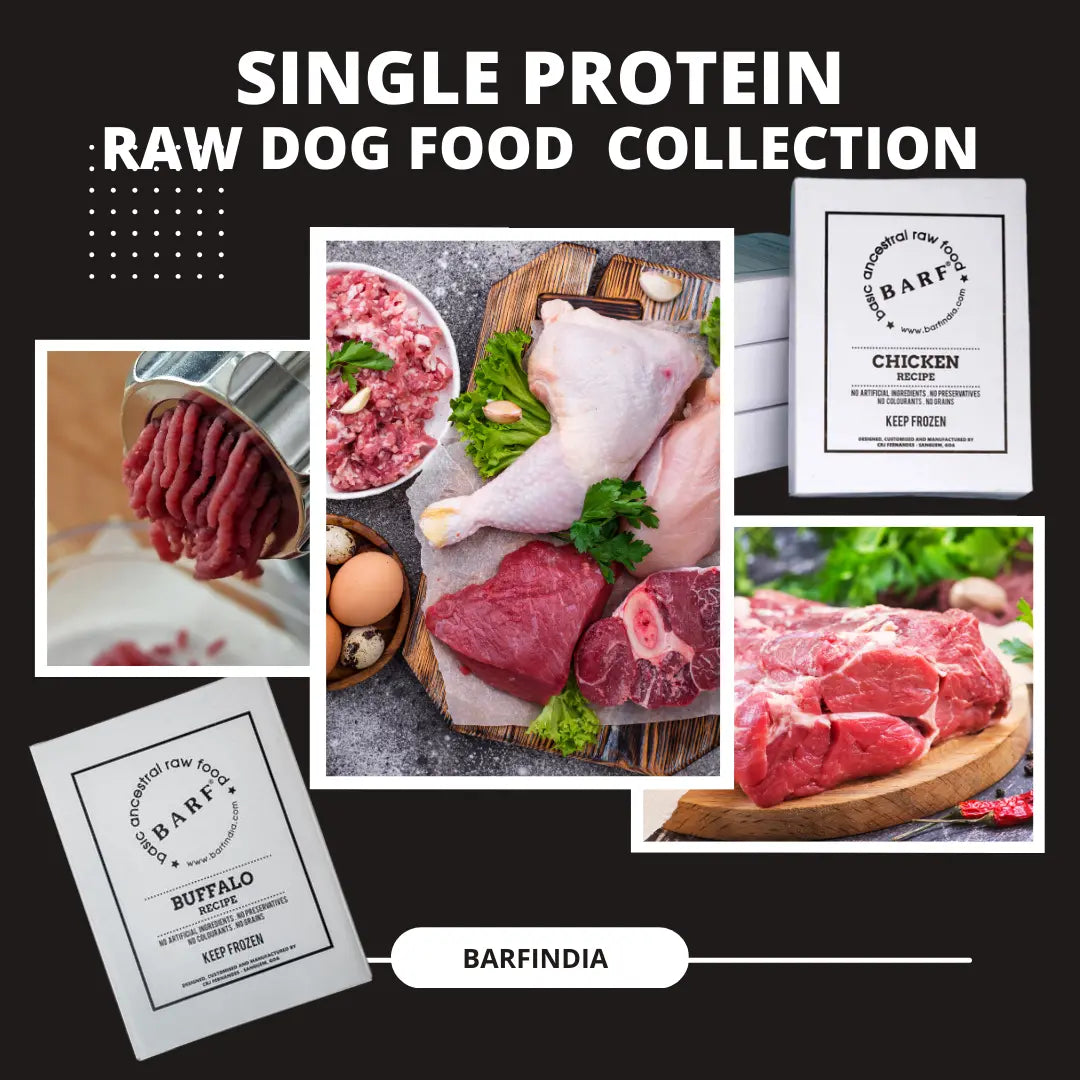
Yeasty Ears in your dogs ?
B.A.R.F. India AdministratorYeasty Ears in your dog...how to take preventive steps
Yeasty Ears? Have you noticed your furry friend constantly rubbing his ears or shaking his head? You might want to check him out for a likely yeast infection. Nothing to get worried about if the infection is in the outer canal. Only if it goes inside do you need to make that trip to the vet. Come, let’s learn a little more about this commonly occurring problem.
 Recognizing the infection. Like we said, an outer ear infection is easy to spot. Besides rubbing the ear frequently, you will also notice a waxy residue and a crusting of the skin near the ear opening. There are some simple remedies that your vet can guide you with.
Recognizing the infection. Like we said, an outer ear infection is easy to spot. Besides rubbing the ear frequently, you will also notice a waxy residue and a crusting of the skin near the ear opening. There are some simple remedies that your vet can guide you with.
You might also notice more severe symptoms such as:
- Brown or yellow discharge, with blood
- Foul smell
- Redness or swelling
- Crusted skin on the ear flap
- Loss of hair surrounding the ear
- Vigorous head shaking or tilting
- Loss of balance
- Loss of hearing
- Walking in circles
- Unusual eye movements
If your dog is exhibiting any of these symptoms, the problem can be a little more serious. There could be an underlying condition which is causing the yeast infection. It could be:
- Allergies
- Bacterial infection
- A ruptured eardrum
- Tumor or growth within the ear canal
- A trapped object
If you detect any of these symptoms, take your dog to the vet immediately and let the vet determine the cause. Some additional tests might be needed to make the right diagnosis. Treatment will probably begin right away since the condition is painful and can also sometimes lead to deafness. 
What causes yeast infection in the ear?
While we wait for treatment to begin, let’s understand what causes yeast infections. A dog’s ear canal heads down and then turns away from the ear opening. This ‘L’-shaped canal is a breeding ground for yeast to grow. If your dog swims a lot or is given frequent baths, water or even debris could get trapped inside the canal, leading to an infection. For some dogs, things such as mold, pollen, dust, feathers, cigarette smoke, house cleaning products, and even certain foods can also have devastating effects on their ear infections. Once the outer ear is affected, it doesn’t long for the infection to spread to the middle and then the inner ear. The inner ear is where the dog’s sense of balance and position is controlled. An infection there can also lead to deafness. Catching the infection early, while it is still in the outer ear, increases the chances of preventing severe middle and inner ear infections.
Do all dogs get yeast infections or are certain dog breeds more susceptible?
Dogs with pointy ears have much fewer incidences of yeast infections. It is the dogs with floppy ears, like the Cocker spaniels, golden retrievers, and basset hounds, or those dogs with hair growing in their ears, like Schnauzers, who are more likely to get a yeast infection.
What is the treatment for a yeast infection in ears?
Your dog’s vet will first determine if there is damage to the eardrum or any trapped object. Then a swab of material from in and around the ear will be collected to be examined under a microscope. If the yeast infection is limited to the outer ear canal, the vet will most probably prescribe a topical antifungal ointment or cream. A middle ear infection is treated with an oral medication course. In some severe cases, surgery may be required. Be patient, the treatment can take several weeks depending on the severity of the infection. Your dog might need to get his ear canal cleaned. This is often done under sedation as the dog could feel pain. For chronic infections, you can ask your vet for ear-drying solutions that can be used at home.
Is there any way that you can prevent Yeasty ears infection in your dog?
What is it that they say, prevention is better than cure? This is so true of ear infections in dogs. If you want to keep your pet’s ears healthy, check them regularly for discharge, smells and swelling. Every time your dog has a bath or comes back from a swim, gently dry the outer ear as thoroughly as you can. Try and keep the area around the opening of the ear free of hair by trimming it regularly. Do not attempt this yourself if your dog gets nervous. You could get bitten or your dog could get hurt. If your dog is already suffering from an infection, the first step you must take at home is to disinfect the yeasty ears. Creams and ointments are meant to help clear the infection, but you must clean the application area first. Or else, dead yeast layers will pile up on top of each other, defeating the purpose of the treatment. There is no over-the-counter medicine that will do the disinfecting; it has to be you. Check the ears daily. If they look clean, dry and have no smell, then all is well. If you see a waxy build-up, you must wipe it off gently to prevent welcoming yeast with open arms. You will find a basic ear cleaning solution at any pet store or you can use witch hazel and cotton balls. Whatever you do, do not use cotton earbuds or other sharp objects inside the ears.
Could the yeast infection be a food allergy?
Many yeasty overgrowths are a result of a wrong diet. Very rarely will a dog have a yeast infection in just one ear. Chances are that your dog has an infection in both ears or perhaps on all paws. In that case, you will need to examine what goes into your pet’s stomach and try and understand if that could be causing the recurring yeast infection.
We recommend putting your pet on an 'anti-yeast diet.' What is that, you may ask.
Yeast thrives on sugar, using that as a source of energy to sustain itself. How does sugar get into your dog? You’re not adding white sugar into their food when they get fussy like kids do, right? It happens through carbohydrates which break down into sugar. Most pet treats and packaged foods have honey, high fructose corn syrup, white or sweet potatoes. Look at the label of the food you’re feeding your dog and make sure none of these ingredients are making their way in. The best way to treat a dog with the yeast infection is to offer it a home-cooked meal that does not contain any carbs – no corn, no wheat, no rice and no potatoes. Feed low - glycemic veggies and feed meats. You can also add natural anti-fungal foods, like garlic, to help fight yeast and keep it away. The amazing thing about an anti-yeast diet is that it is also an anti-inflammatory and species-appropriate. Yes, medicines will work, but unless you address the core issue and eliminate sugars and carbs from your pet’s diet, the treatment will not work completely.  While on the subject of species-appropriate food, have you considered BARF? Have you given thought to
While on the subject of species-appropriate food, have you considered BARF? Have you given thought to
? The best way to help keep yeast infection at bay is to feed your dog a balanced, species-appropriate food. And the best option is raw. A part of the wolf family (yes, even your sweet Lab or lap-sized Apso), your dog needs and will thrive only on a raw diet. Raw food is a natural food and it contains the exact mix of all the nutrients and goodness that a dog would get if it were a wild creature. More importantly, it doesn’t have any of low-quality protein that is not good for your dog. You can make your own raw food in the right proportion, or you can buy commercially prepared raw food for your diet. Whatever you do, eliminate or limit the amount of bad protein from your dog’s diet. And watch your furry companion fight the infection better.



